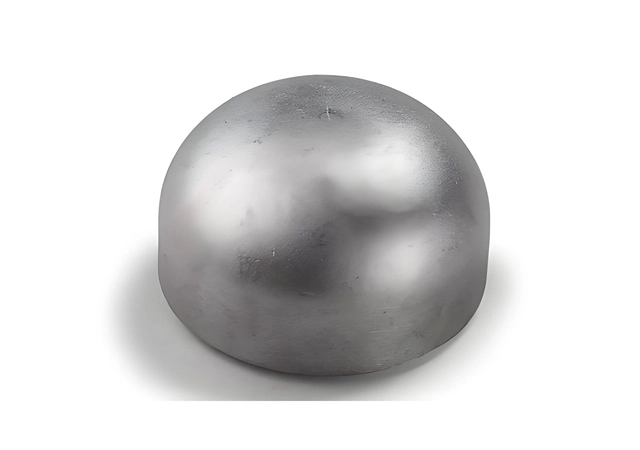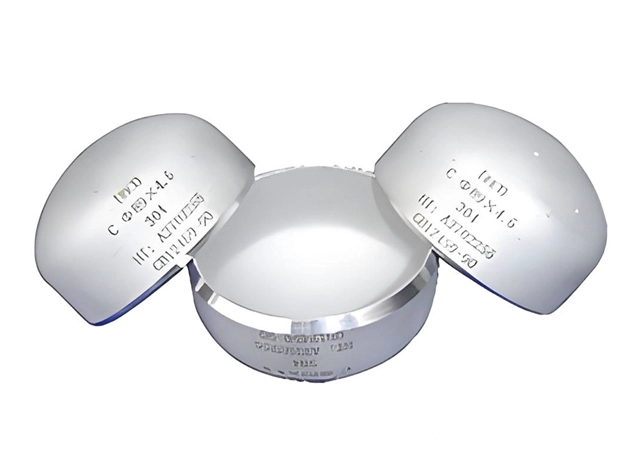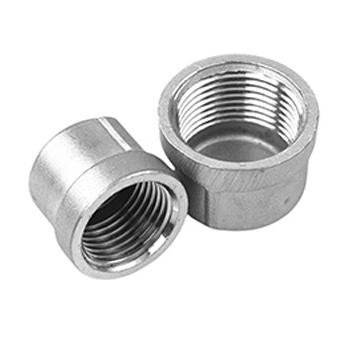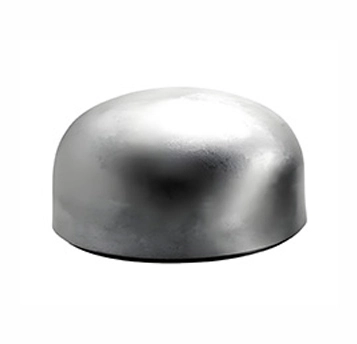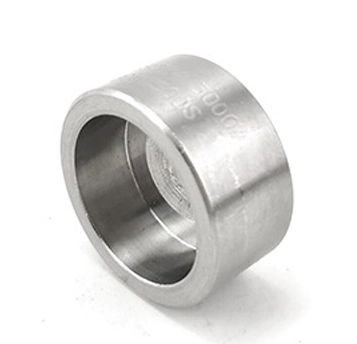Welded pipe caps are a type of piping component used to seal the end of a pipe, effectively closing it off. They are commonly used in piping systems to terminate pipelines or to provide protection against contamination, debris, or corrosion. Welded pipe caps are attached to the pipe by welding, ensuring a strong, leak-proof connection.
Hemispherical Caps: Provide a rounded, dome-like shape, offering uniform stress distribution and high pressure resistance.
Conical Caps: Have a tapered design, often used in applications requiring gradual flow transition or drainage.
Flat Caps: Feature a flat end and are used in low-pressure applications or where space is limited.
Leak-Proof: Welding ensures a secure and leak-free connection.
Durability: Made from high-quality materials, they can withstand harsh environments.
Versatility: Available in various sizes, materials, and pressure ratings to suit different applications.
ASME B16.9: Covers dimensions and tolerances for factory-made wrought butt-welding fittings.
MSS SP-43: Covers wrought stainless steel butt-welding fittings.
ASTM A234: Specifies requirements for carbon and alloy steel fittings.
EN 10253: European standard for butt-welding pipe fittings.
Carbon Steel: ASTM A234 WPB, ASTM A105 (for forged caps), ASTM A516 (for pressure vessel applications).
Stainless Steel: ASTM A403 WP304/304L, WP316/316L, WP321, WP347.
Alloy Steel: ASTM A234 WP5, WP9, WP11, WP22, WP91.
Nickel Alloys: Inconel (e.g., Inconel 625), Monel (e.g., Monel 400), Hastelloy (e.g., Hastelloy C276).
Duplex and Super Duplex Stainless Steel: UNS S31803 (Duplex), UNS S32750 (Super Duplex).
Oil & Gas Industry: Seal pipeline ends during construction or maintenance. Protect against debris and prevent fluid leakage.
Petrochemical Plants: Used to close pipes in chemical processes. Ensure safety and prevent chemical spills.
Power Generation: Cap unused pipe sections. Maintain system integrity and prevent air or moisture ingress.
Water Treatment: Seal pipeline terminations. Keep contaminants out and maintain water quality.
Construction: Finish off pipe systems neatly. Provide a clean and safe end to pipes in building projects.

 EN
EN
